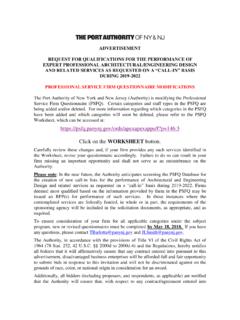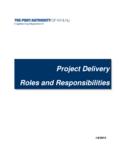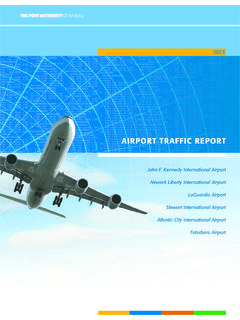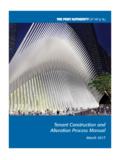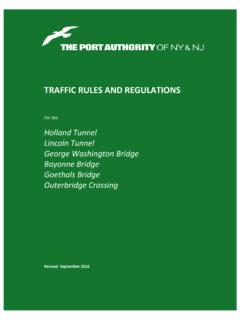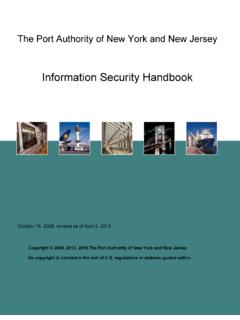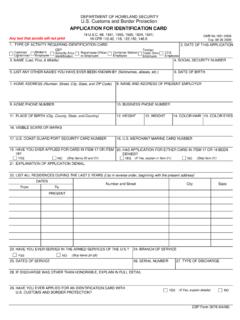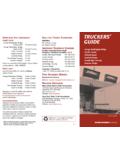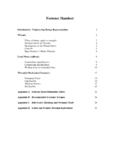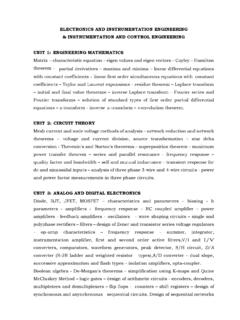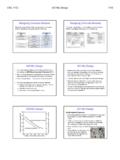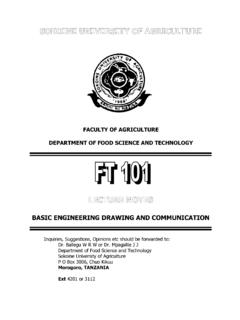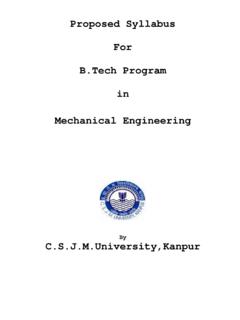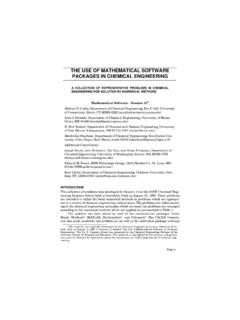Transcription of Design Guidelines - Procedures
1 engineering Department LAST UPDATED 01/13 /2009 Design Guidelines Introduction engineering Department Manual Design Guidelines Introduction Last Updated: 1/13/2009 Page iii TABLE OF CONTENTS II. Guidelines / Procedures PURPOSE OF Design Guidelines 1 PART I - INTRODUCTION 1 DISCLAIMER 1 DEVELOPMENT OF DELIVERABLES 2 ACRONYM LIST 3 PART II DISCIPLINE STANDARDS 4 ARCHITECTURE 4 CIVIL 4 ELECTRICAL 4 ENVIRONMENTAL 4 GEOTECHNICAL 4 MECHANICAL 4 STRUCTURAL 4 TRAFFIC 4 engineering Department Manual Design Guidelines Introduction Last Updated: 1/13/2009 Page 1 II.
2 Guidelines / Procedures PURPOSE OF Design Guidelines PART I - INTRODUCTION The purpose of these Design Guidelines (the Guidelines ) is to aid the Design professional in preparing the Design and construction documents for new and renovated facilities and infrastructure owned, operated, and/or leased by the Port Authority of New York & New Jersey or one of its wholly-owned entities (collectively hereinafter referred to as the Port Authority ). The Guidelines will establish a framework for the Design and construction elements and assist in describing the form, character, and standards of a particular project.
3 The Port Authority s engineering Department Design Division compiled the Guidelines based on good engineering practices, years of interaction, and input from a number of other Port Authority departments. As such, the Guidelines reflect the planning, Design , construction, and maintenance expertise of Port Authority personnel. The Guidelines shall not be interpreted as a static document but will remain dynamic in response to the ever-changing nature of the Design and construction industries as well as the needs of the Port Authority. As Guidelines for the Port Authority, the material included in this manual shall be applied in the preparation of documents for the Design and construction of new and renovated facilities and infrastructure.
4 Designers are to become familiar with and shall incorporate the appropriate guideline from the very first planning and Design stages through actual construction and where applicable in response to facility maintenance and management. The information included within each section is specific to the discipline. In general, sections contains Procedures to be followed, materials to be used, and Design Guidelines that have been found appropriate to ensure the desired level of quality on the basis of reliability, serviceability, sustainability, safety, and cost (including Design , construction, operating, and maintenance costs).
5 The Guidelines shall not replace professional Design analyses nor are the Guidelines intended to limit innovative Design where equal performance in value, safety, and maintenance economy can be demonstrated. The Design team shall be responsible for producing designs that comply with the Guidelines in addition to all applicable codes, ordinances, statutes, rules, regulations, and laws. Any conflict between the Guidelines and an applicable code, ordinance, statute, rule, regulation, and/or law shall be addressed with the respective functional chief.
6 The use and inclusion of the Guidelines , specifications, or example drawing details as part of the Contract Documents does not alleviate the Design professional from their responsibilities or legal liability for any Contract Documents they create. It is also recognized that the Guidelines are not universally applicable to every project. There may be instances where a guideline may not be appropriate. If the Design professional believes that a deviation from the Guidelines is warranted, such a deviation shall be submitted in writing for approval to the respective functional chief.
7 DISCLAIMER The Design Guidelines contain sample and model documents pertaining to the Design and construction of varying size facilities and infrastructure owned and operated by the Port Authority. The sample and model documents are included solely as examples. Each was developed for the unique circumstances of a specific project. No representation is made that these are specifically applicable to any other Port Authority circumstances and/or projects. It is the responsibility of the Design professional to review the use and determine the adaptation of these documents.
8 The Port Authority does not endorse manufacturers or products. Trade or manufacturer names that may appear herein are included solely because they are considered essential to the objective of these Guidelines . engineering Department Manual Design Guidelines Introduction Last Updated: 1/13/2009 Page 2 DEVELOPMENT OF DELIVERABLES For a general description, list of deliverables, and a timeline for each stage within a project refer to the Project Delivery sections of the engineering Manual. Provided below are guides for producing deliverables within the stages of Design .
9 1. Stage I Depending on the size and complexity of the project, a Stage I report may be required. Below is an outline of topics to be used when developing a Stage I report. The purpose of the outline is to present a large-scale outline that can be down sized as necessary. Stage 1 Study Outline Executive Summary (1-2 pages), Overview, and Scope Selected System and Type Cost and Economic Summary Results Schedule Issues to be Resolved, Fatal Flaws, and Code Recommendations and Next-Step Strategies Summary Chart Introduction Background Scope of Work Previous Efforts Performed and Key Assumptions Majors Items Not Included Body of Report Description of Alternatives, Alternatives Eliminated, and Alternatives Evaluated Codes/Standards Used Critical Issues to be Resolved Prior to Proceeding, Fatal Flaws, and Good engineering Practice (GEP)
10 Existing Conditions, Conditions Survey, Age, and Expected Life Constructability Issues Construction Cost Estimate Summary Schedule Design and Construction (Identify Critical Staging & Long Lead Items) Conclusions and Observations Recommendations and Next Steps Appendices Calculations Economic Analysis Survey Information Photos 2. Stage II Part of the Stage II effort may require a Basis of Design Report (BDR). The BDR describes the characteristics of and establishes the criteria for the Design . Documentation contained within a BDR justifies the Design concept of the Design professional prior to Stage II commencement.
